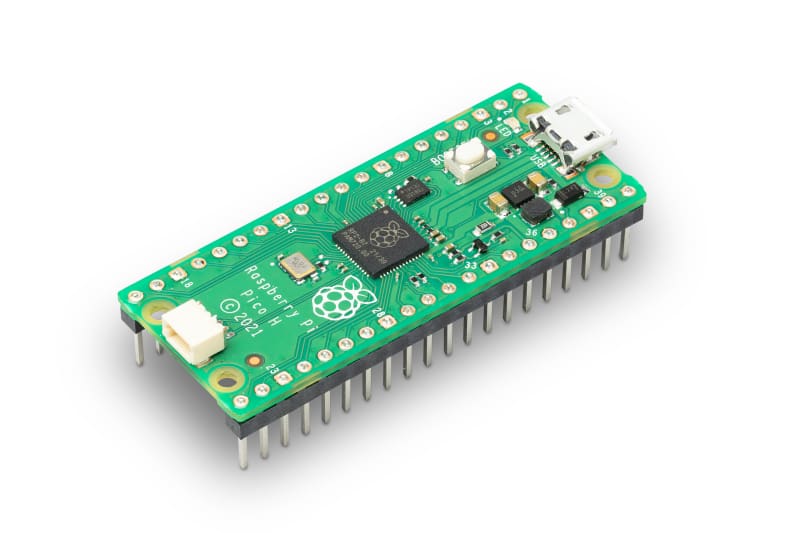The Raspberry Pi Pico 2 W is the latest addition to the Raspberry Pi family. It is a compact microcontroller-based board designed to support hardware projects at scale. At its core is the RP2350 microcontroller, a well-documented chip developed by Raspberry Pi.
What is a Microcontroller?
Unlike general-purpose Raspberry Pi single-board computers, microcontrollers are designed to interact with and control electronic components or devices. Microcontrollers are typically small, affordable, and energy-efficient, making them ideal for embedded systems and hardware integrations. The Pico 2 W features dozens of input and output pins along its edges, allowing seamless communication with other components.
Read also: Acer Nitro V with RTX 4060 review: A budget gaming Laptop that punches above its weight
Developers often begin by prototyping microcontroller projects on a breadboard to avoid soldering. Once the design is finalised, the microcontroller can be soldered directly to other parts for a more permanent setup. Unlike traditional Raspberry Pi boards, microcontrollers do not rely on a full-fledged operating system; code runs directly on the chip.
Hardware and software features of Pico 2 W
The Pico 2 W supports multiple development languages, including C, C++, and MicroPython, a Python-inspired language tailored for microcontrollers. It maintains hardware and software compatibility with earlier boards, making it a versatile option for experienced developers and beginners.
Under the hood, the $7 Pico 2 W is powered by a dual-core, dual-architecture processor clocked at 150MHz. Developers can choose between two Arm Cortex-M33 cores or two open-hardware Hazard 3 RISC-V cores. This dual-core flexibility ensures you don’t need to commit to one architecture when ordering new boards, as everything is configurable in software.
The Pico 2 W has 4 MB of onboard flash memory for storing code and 520 KB of on-chip SRAM. While it isn’t a high-performance computing device, it excels as a microcontroller.
Read also: New Age reinvents charging with Its 80,000mAh Heavy-Duty Power Bank
Pico 2 W’s Wireless connectivity and variants
The Pico 2 W includes Wi-Fi (2.4GHz 802.11n) and Bluetooth 5.2 capabilities, providing wireless connectivity options. While 5GHz Wi-Fi support is absent, it remains a promising candidate for future revisions. For those who do not require wireless features, Raspberry Pi offers the Pico 2 without wireless capabilities at a reduced price of $5.
Industrial and electronics manufacturing companies increasingly adopt Raspberry Pi’s products, including the Pico 2 W. Industrial and embedded systems account for 72 percent of Raspberry Pi’s sales, a testament to their utility beyond personal projects. Raspberry Pi offers the Pico 2 in individual units and 480-unit reels to cater to large-scale users.
With its affordability, flexibility, and robust features, the Raspberry Pi Pico 2 W is an excellent choice for developers and industries alike. It continues Raspberry Pi’s tradition of enabling innovative hardware solutions.














